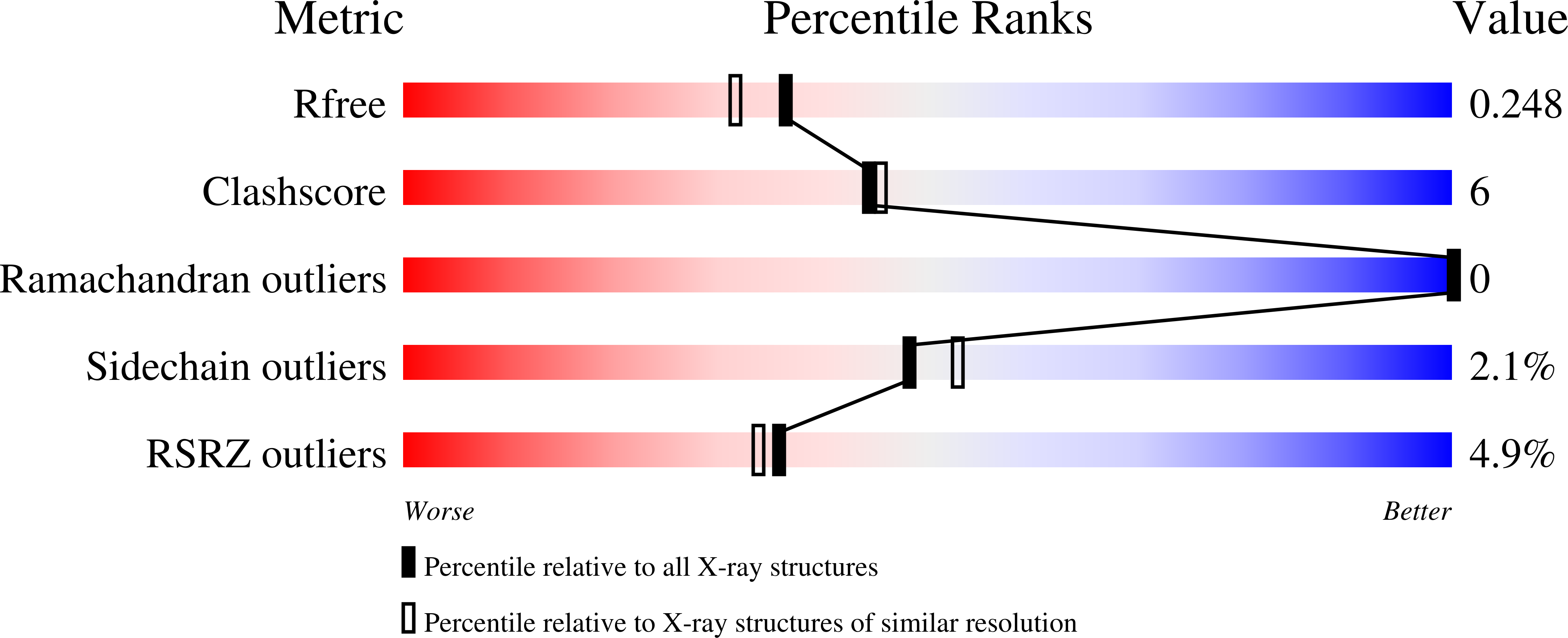
Deposition Date
2024-02-28
Release Date
2024-10-30
Last Version Date
2024-11-20
Entry Detail
PDB ID:
8S6U
Keywords:
Title:
Structure of MLLE domain of Pab1 in complex with PAM2 of Upa1
Biological Source:
Source Organism:
Ustilago maydis (Taxon ID: 5270)
Host Organism:
Method Details:
Experimental Method:
Resolution:
2.00 Å
R-Value Free:
0.24
R-Value Work:
0.20
Space Group:
C 1 2 1


